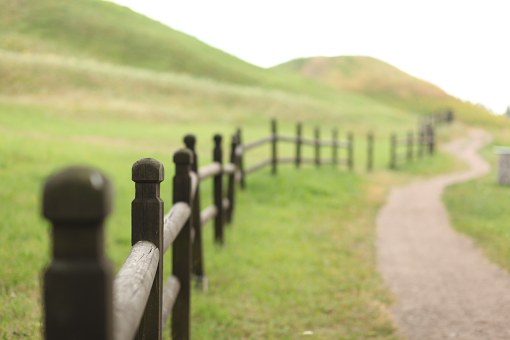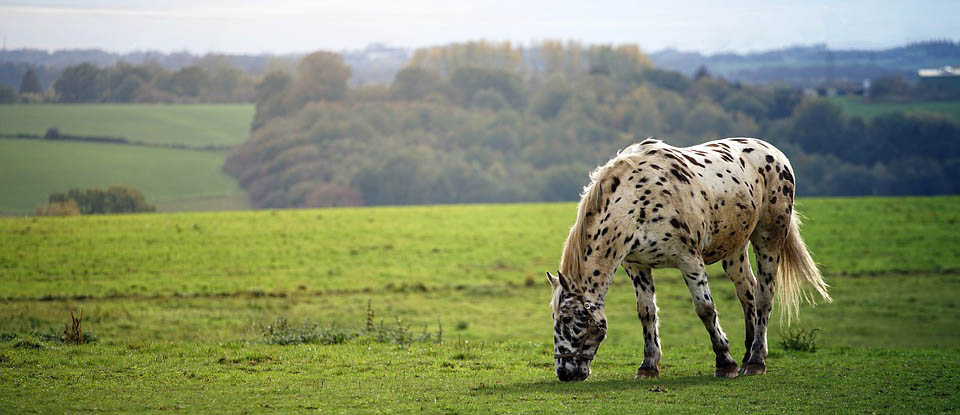How much land do you need per horse?
This question will depend greatly on you management of your land and how often you will be using it, a rule of thumb is you will need around 1.5 to 2 acres per horse, although during the winter months 2 acres will quickly become muddy and unusable if your horse is turned out consistently.Land Management
When looking after your land there are a number of factors to consider, these include the amount of acreage you have available for your horses use, the type of soil and the drainage. During the winter months you should try an rest your fields as much as possible as horses can quickly churn up your fields turning them into mud paddocks, this will cause more work in the summer as you need to carry out work on your fields to restore them back to good health.Drainage
When looking at purchasing a property consider the lay of the land, how will the water drain away from the field (or not in some cases). If there is natural ditches or run offs from the land this can be a big advantage although these will need to be cleared to ensure the water can naturally run off from the land.Stopping your land from becoming a mud bath
Gateways can become problems with the horses and vehicles passing through churning the ground up causing muddy routes in and out the field. One solution would be to consider putting down some hard standing, this can reduce the amount of mud making turning your horse out easier.Field Fencing
 There are different type of fencing options for horse fields, most commonly is electric fencing as this can be used easily to change field boundaries, allowing you to cordon of different pieces of land giving you a chance to rest land throughout the year. Disadvantages of electric fencing is unless you can plug it into the mains you will need to power the fencing via a battery, this battery will be required to be checked regularly as when the battery goes flat the horses will be able to walk through the electric tape. You must also ensure power is getting to all parts of the fence as if it touches hedges, trees or any other object the fending will be earthed and may not be powerful enough.
There are different type of fencing options for horse fields, most commonly is electric fencing as this can be used easily to change field boundaries, allowing you to cordon of different pieces of land giving you a chance to rest land throughout the year. Disadvantages of electric fencing is unless you can plug it into the mains you will need to power the fencing via a battery, this battery will be required to be checked regularly as when the battery goes flat the horses will be able to walk through the electric tape. You must also ensure power is getting to all parts of the fence as if it touches hedges, trees or any other object the fending will be earthed and may not be powerful enough. Many horse owners preferred option for field fencing is post and rail, either UPVC fencing or wooden fencing, the major disadvantage is the price as this is a much more costly option than electric fencing. Another downside of wooden field fencing is that it can deteriorate with wind and rain, you can combat this be regularly treating the fencing with creosote. Horse can also chew and break post and rail fencing so in some cases it may be worth combining electric and post and rail and run a strand of electric fencing along the top of the fencing rails.
